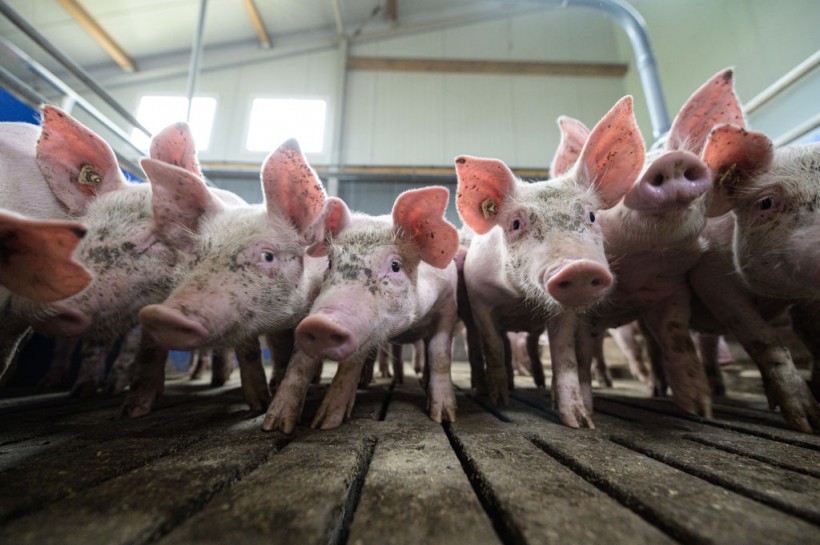Pigs are not just a source of food for humans. They are also valuable research animals that can help us understand ourselves better and develop new treatments for various diseases.
In this article, we will explore how a large-scale mapping of pig genes by researchers from Aarhus University can lead to greener agriculture and pave the way for new human medicines.
Pigs and Humans: A Surprising Similarity
 (Photo : Lukas Schulze/Getty Images)
(Photo : Lukas Schulze/Getty Images)

Pigs and humans have a lot in common. They have similar organ sizes, skin types, and metabolic rates. They also share many genes and diseases, such as diabetes, obesity, and cancer. This makes pigs ideal models for studying human biology and testing new drugs.
However, there are also some differences between pigs and humans that need to be taken into account. For example, pigs have a different immune system, digestive system, and reproductive system than humans.
They also have different responses to some drugs and environmental factors. These differences can affect the validity and applicability of the results obtained from pig experiments.
To overcome these challenges, researchers need to have a comprehensive and detailed knowledge of the pig genome and how it compares to the human genome. This is where the project by Aarhus University comes in.
Also Read: The Truth About Teacup Pigs: What Happened to the Animals?
Aarhus University: A Leader in Pig Genomics
Researchers from Aarhus University have been working on mapping the pig genome for over a decade. They have used advanced techniques such as DNA sequencing, gene expression analysis, and network biology to identify and characterize the genes and pathways that are involved in various traits and functions of pigs.
Their latest achievement is a large-scale mapping of pig genes that covers more than 90% of the pig genome and includes more than 21,000 genes.
This is the most comprehensive and accurate map of pig genes to date. It reveals the similarities and differences between pigs and humans at the molecular level and provides a valuable resource for future studies.
The researchers have also used their data to create a web-based tool called PigQTLdb, which allows users to search and visualize the genetic variations and associations that affect various traits and diseases in pigs.
This tool can help breeders, farmers, veterinarians, and researchers to improve the health and productivity of pigs and to select the best pigs for specific purposes.
The researchers hope that their work will not only benefit the pig industry, but also the human health sector.
By understanding the pig genes and how they relate to human genes, they can identify new targets and strategies for developing new medicines and therapies for human diseases.
They can also use pigs as models for testing the safety and efficacy of these medicines and therapies before they are applied to humans.
The researchers believe that their project can contribute to a more sustainable and ethical use of pigs in research and agriculture.
By improving the health and welfare of pigs, they can reduce the environmental impact of pig production and the need for antibiotics and other chemicals.
They can also reduce the number of pigs that are used and sacrificed for experiments and increase the quality and reliability of the results.
The project by Aarhus University is a remarkable example of how pig genes can help us save the planet and cure diseases. It shows how pigs and humans are connected and how we can learn from each other. It also demonstrates how science and technology can advance our knowledge and improve our lives.
Related Article: Major breakthrough: Pigs observed to be capable of using tools
© 2024 NatureWorldNews.com All rights reserved. Do not reproduce without permission.




![Roundworms with Short Memories 'Stop Forgetting' When Frozen or Given Lithium [Study]](https://1471793142.rsc.cdn77.org/data/thumbs/full/70295/280/157/50/40/roundworms-with-short-memories-stop-forgetting-when-frozen-or-given-lithium-study.jpg)
